75 Years and counting
FAMILY VALUES WIN INTERNATIONAL SUCCESS
Born out of a bombed‐out post war industrial landscape and currently riding‐out a world‐wide pandemic, as they turn 75, Street Crane share how a market driven approach adopted by their founder still inspires the company culture today and propels it forwards.
While Covid has curtailed the usual celebrations that marking 75 years in business would bring, Street will be celebrating in good company. Not only has it achieved the status of being the UK's largest factory crane and hoist maker, but it has also grown a global network of over 100 partners.
How, from humble beginnings, did it become an international force?
Early Years
Decimated factories and fractured lives, most people in the UK today could not imagine the conditions faced by the population in the immediate aftermath of the war. Where do you start to rebuild? Fortunately, some of those who returned from active service had the answer.
In 1946, after the adrenaline fuelled life of flying Spitfires,Hurricanes and giant Horsa gliders, a young pilot found himself back on Civvy Street. With eighty‐eight Pounds Stirling in his pocket, given him by the Royal Air Force as ‘gratuity’ for his service to the country, he decided to use the money to start a crane company in Sheffield, England, where his family had had connections with the steel industry prior to the war. That Pilot was Peter R Street, and he used that money to buy the first company vehicle – a motorbike and side car, with which he set about servicing and repairing the neglected cranes in the local workshops.
Peter is sadly no longer with us but the company he founded most certainly is.
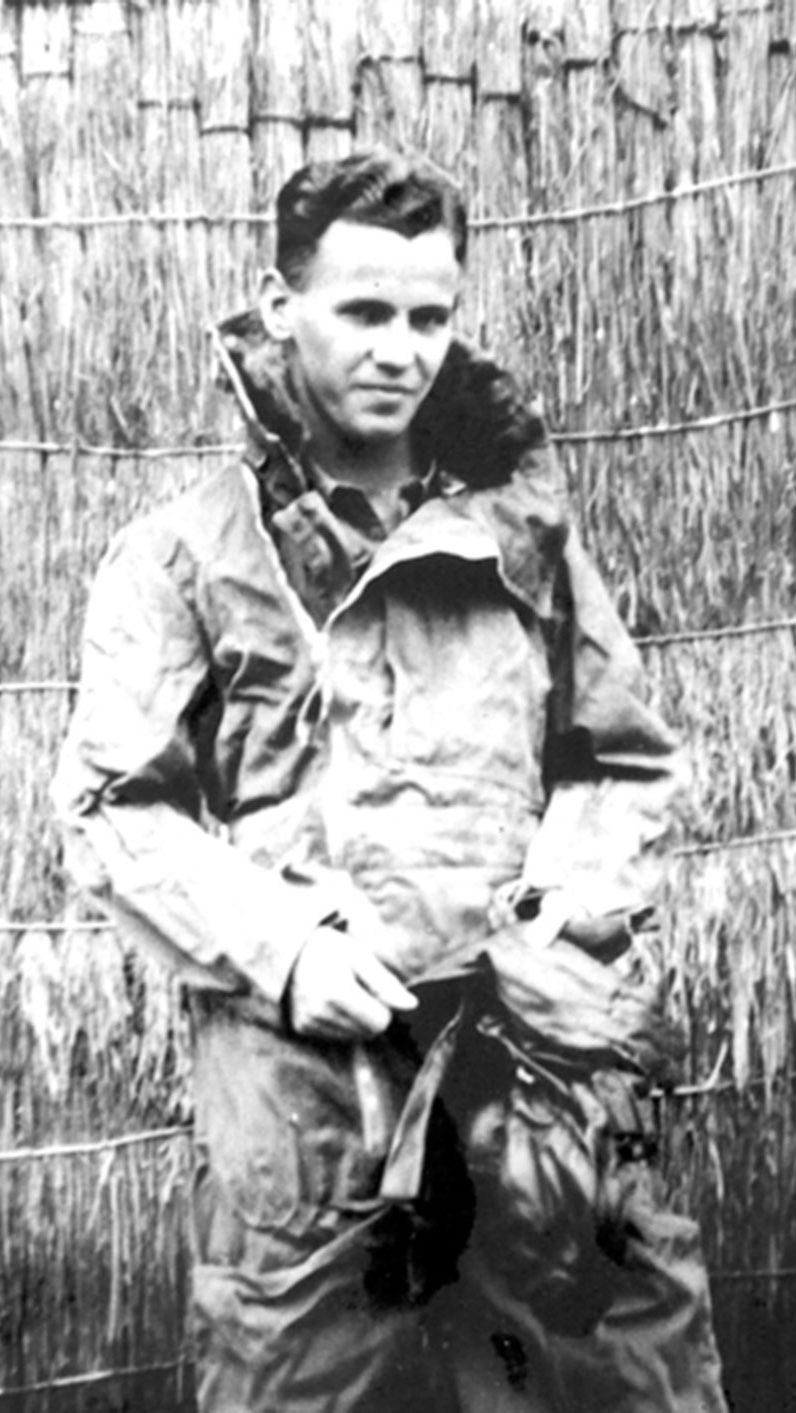
Innovating to Solve Problems
Peter was a problem solver at heart, putting innovation at the very core of Street Crane’s success from the start. To make inroads into what was becoming a crowded market in the 1950's, Peter set out to solve the problems others could not.
A typical example of this ability arose when huge material shortages post war meant pervasive government controls allocated available materials by strategic priority. Difficult to procure at the time and much needed, were wound rotor motors used to give smooth acceleration on crane travel motions – vital to preventing uncontrollable load swings that were a danger to life and the load.
Peter solved this supply dilemma by employing fluid couplings and freely available four‐pole motors. This simple but effective fix meant Street could offer equal or even smoother crane acceleration at lower prices and shorter lead times that their competitors.
Achieving super smooth acceleration using fluid drives attracted attention. Plate glass was in high demand and the industry needed to lift ever larger glass sheets onto cutting lines. Crane motion control was only part of the equation. Peter quickly recognised the need for and developed vacuum lifting devices for use on cranes to handle the fragile glass sheets. He didn't stop there. He went on to develop vacuum lifting devices for handling products ranging from marble slabs to portable building panels, taking the Street name into more and more industries.
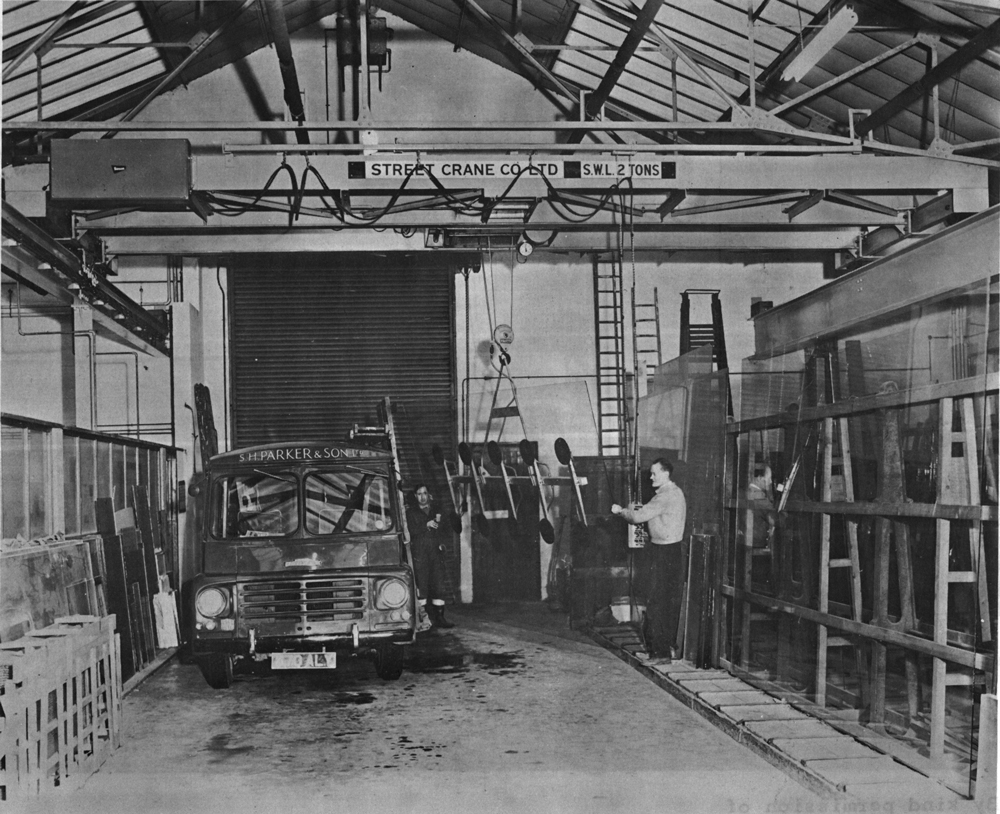
Ups and Downs
Throughout the 50’s and 60’s, the company built on its successes. The current Street ZX hoist range is the sixth generation of hoisting equipment the company has designed and serially manufactured. Early generations started with the Street S4 open winch hoist in the 1950s, designed to meet the heavy‐duty needs of the steel industry. “Inchmiser” monorail hoists followed in 1960s and 70s for ultra‐low headroom applications.
Former managing director Andrew Pimblett, now Street Crane’s longest serving employee, remembers, “Looking back to when I joined in 1969, the contrast to those early years could not be greater. After the post war reconstruction boom years, it soon become clear that the 70’s were going to be rough ride.”
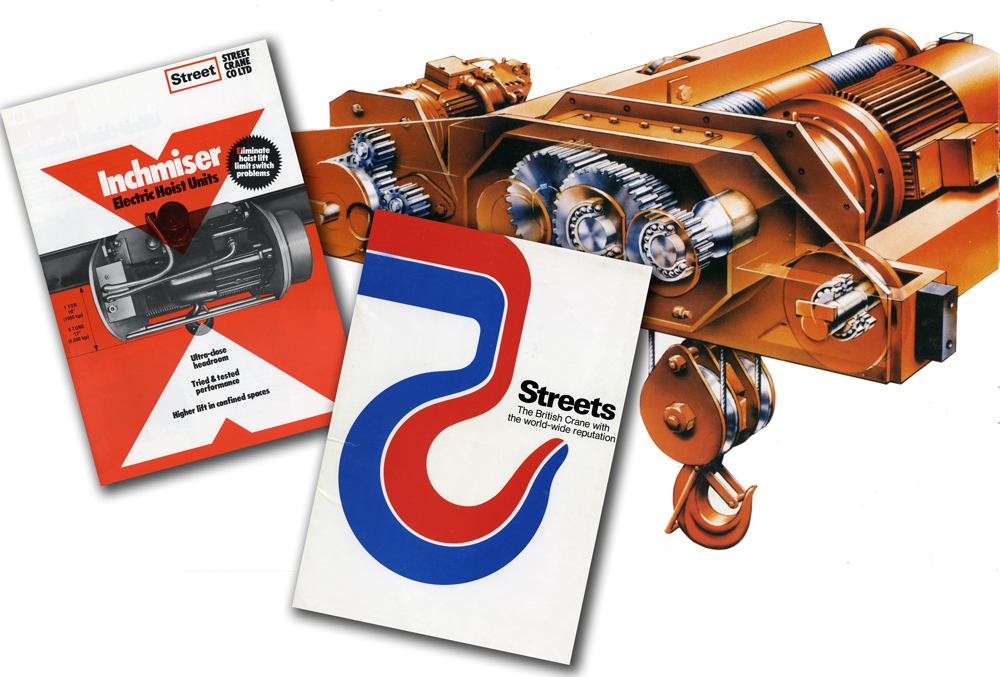
Throughout his time at, first, Oundle School and then university, Will indulged his other great passion, playing cricket, which he continues now within the ECB league.
The company had recently purchased a factory on its current site in the High Peak and was starting to expand its horizons. The oil crisis, structural changes in the economy and geo‐politics saw heavy industry spiral into decline and with it the UK crane market started shrink.
“There were over 60 crane manufacturers, each with their own technology. Herbert Morris, John Smiths of Keithley, Clark Chapman, Wellman Booth and so many more. Making it even tougher, European crane manufacturers were entering the UK market too. If you had told me then, that 50 years on, only Street Crane would survive in the UK as a volume crane and hoist manufacturer, I would not have believed it,” Andrew explained.
Even in these grim times, Peter Street’s ebullience could not be held‐back. Andrew remembers fondly, “Just after I was appointed sales director, I arranged for Peter to be interviewed by a journalist who asked him what he could lift on a vacuum pad. In his enthusiasm, Peter reeled off a long list of the materials we had vacuum lifted and then threw in at the end that we could even lift a bag of bananas. To my horror the journalist jumped at this and offered to write a story if we could send him a photograph of a crane lifting a bag of bananas.”
The company had certainly never attempted to lift a bag of bananas. “The idea seemed totally bonkers to me. Not to Peter though, who turned up at the factory with a giant plastic bag full of bananas which he explained was how they were imported into the country. Over the next few days, he experimented with different grades of rubber pad material and duly delivered a photograph of bananas being lifted by a Street Crane – which got us huge publicity,” added Andrew.
Still the company managed to innovate even in these difficult times, launching in the 1970’s the V100 hoist which had a single machined fabrication incorporating the hoist gearbox and traverse drive.
By the 1980’s Street was the UK’s top‐selling EOT (electric overhead travelling) crane brand. The decline of the domestic industrial base meant future growth would be difficult and with global predators poaching market share, the company determined the best way forward was to take the fight back to them and become a poacher. The brave decision was taken to move into volume hoist production, move beyond home shores and become a supplier of hoists to independent EOT crane manufactures around the world.
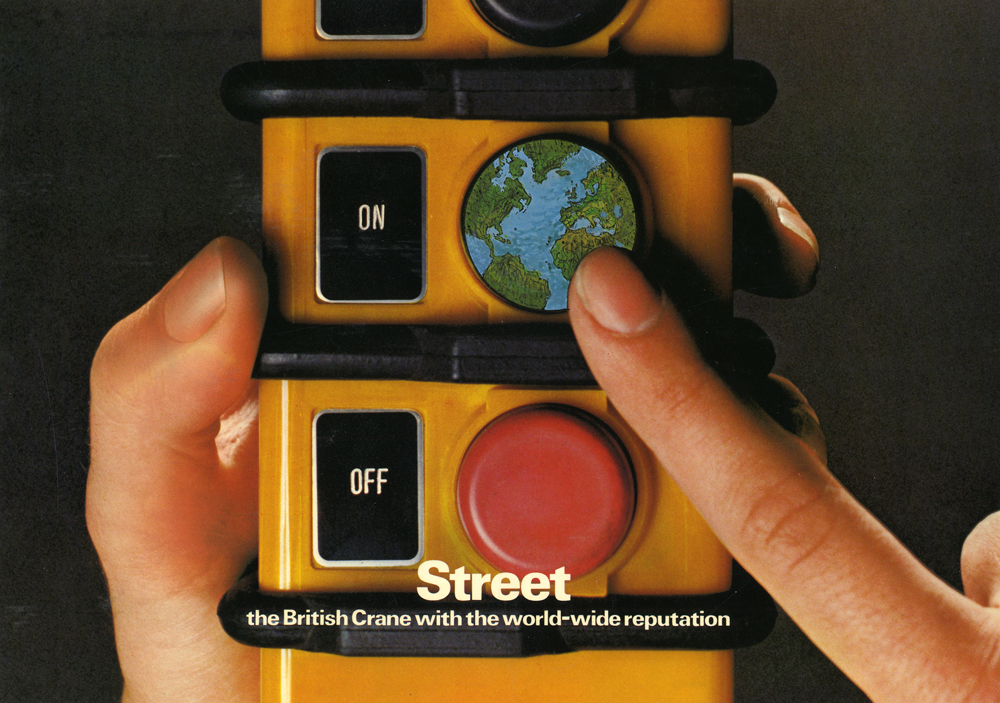
A small family firm verses multinational corporations! The odds were not favourable. However, team Street had accumulated vast experience, talented engineers and management ingenuity. They found chinks in the armour of the multinationals.
The international giants were taking business from smaller independents just as Street had seen them do in the UK. Perhaps most important, the small independents could not invest sufficiently in designing more advanced hoists and controls increasingly demanded by industry. Instead, they often had to source them from the same multinationals who were also their competitors.
Street recognised that the requirements to compete in this market are advanced hoists based on a modular design concept, with multiple models and variants made from a minimum number of components, and with fast assembly and delivery times. They also knew that trust would be key to winning over the independents.
The first range of Street hoists to meet these world market needs was the NX hoist range which had the motor inside the hoist drum to optimise hook approaches. The company built a new hoist works with a dedicated machine shop, flowline assembly, powder coating line and test cells.
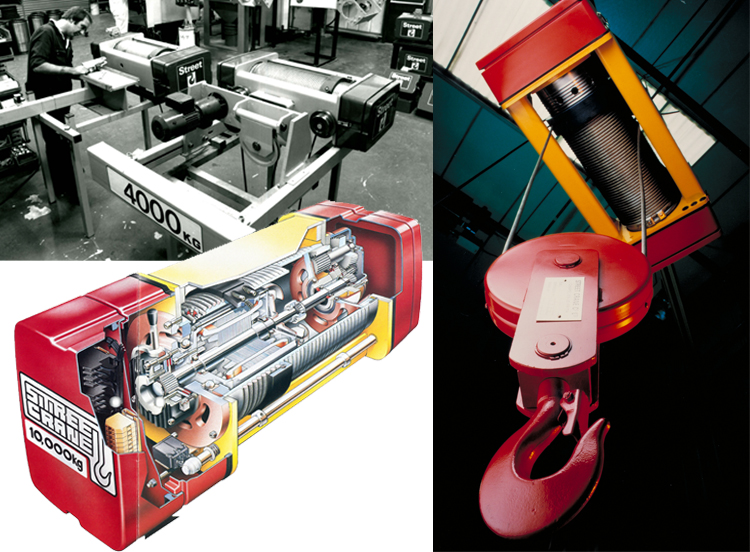
Trust came from a promise never to enter international markets with whole cranes or setting-up crane manufacture in overseas territories. With a new range of hoists easy for partners to specify and customise to their needs, and the promise of non-competition, many independents seized their opportunity to break the stranglehold of multinational domination. With the NX hoist they could also compete on an advanced technological level.
Crane making remains central to the Street business model but supplying hoists and crane components to over 100 partner crane makers around the world now forms the bigger part of the company’s turnover. Street believes 75 years of experience and the progressive design evolution of their crane technology are what enables them to deliver the high levels of reliability demanded by this market.
Continuous Development
The product development history at Street is one of multiple incremental steps through continuous investment and innovation. At times, up to ten percent of the entire workforce is engaged in designing and developing new products.
In the 1990s most leading crane brands designed ‘world hoists’ to comply with design standards from ISO, EU, USA, and others, at internationally competitive prices. Street Crane saw that the need to meet this world price point was driving all hoist designs to evolve into the same basic direction.
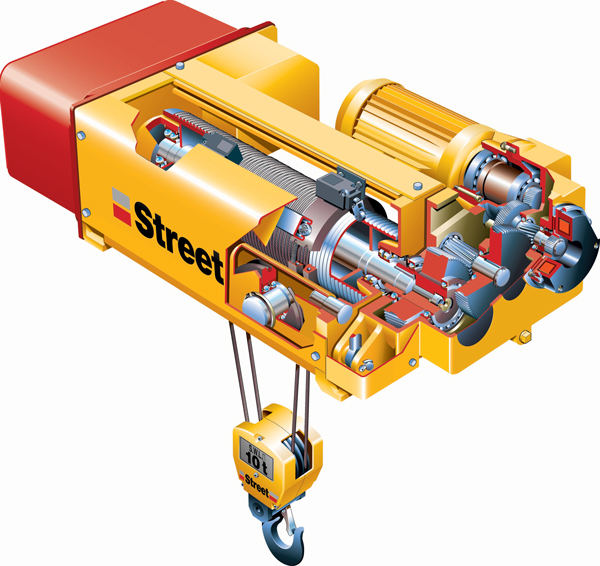
Again, Street Crane seized the opportunity and set out to make their world hoist different. The ZX3 and ZX4 hoist range was born and rapidly became a great success thanks to a fundamental safety advantage,
a timely innovation when the legal responsibilities being placed on crane owners were increasing significantly.
The ZX specification included a gearbox brake to hold the load safe in case the motor brakes would not. Competitor hoist designs had sacrificed easy access for checking the safety of key components. In contrast, the new Street ZX hoist provided improved access for inspecting gears by including a gearbox lid. Adding an external hoist brake allowed easy inspection or setting in minutes. The sales team and distributors successfully argued these, and other features gave the hoists a lower cost of ownership. Though not the absolute lowest price product in the market, the ZX concept was so successful that sales volumes in the mid-2000s started to outstrip production capacity. Recognising the ZX was a winner, Street’s talented design team were tasked with furthering the high reliability serviceability concept. They also reengineered the hoist to promote greater volume production and incorporated emerging control technology including VFDs (variable frequency drives) and PLCs (programmable logic controllers). The result was the current ZX6, ZX8 and ZX10 ranges which rolled out between 2008 and 2014. The range of hoist models has continued to expand and evolve with new models due to be launched later this year and next.
World-Class Hoist Factory
Due to continually increasing demand for the ZX hoist, Street invested £3 million in a new world-class hoist production factory in 2014, with the capacity to assemble 3200 hoists per year based on single shift working. Over 100 visitors from around the world joined the company to celebrate the opening. This was followed by a major project in 2016 to re-equip and modernise the crane factory to the same high standards. Recently added is a new hoist drum production facility with the capability to machine drums up to 6m long and 950mm diameter.
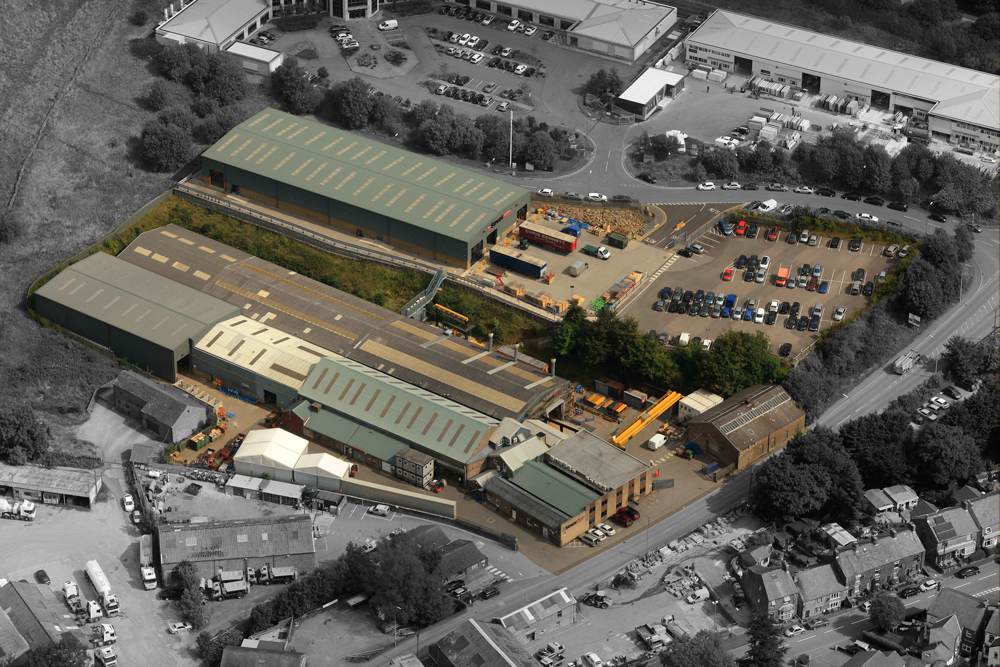
Street's relationship with its partners around the world means sharing experience strengthens both parties. Keeping independent crane makers and growing their numbers is key to future growth and protecting market share from multinationals. The company has always invested in software tools and the launch of “Eazycrane” in 2020 has been the biggest yet.

Eazycrane, is an online crane configuration program which puts 75 years of Street Crane know-how and expertise at the fingertips of distributors. Taking ten-years to develop, the project was entirely self-financed. Eazycrane automates crane design, drawing, component selection, quotations, and order processing. Importantly, it enables the company and its distributors to work within a single system. Any internet connected device can be used to access it, even a mobile phone.
The distributor portal provides sales office systems, the ability to generate technical proposals and quotations in various currencies for a huge range of cranes and hoists up to 50 tonnes (55 US tons) capacity. Metric or US units are selectable as are design standards including ISO, European, USA and UK. The technical function provides own-brand crane drawings which can be customised to building dimensions, high quality data sheets for the hoists and crane components selected. Crane assembly drawings for crane production are also produced.
Chris Russell, Street Crane technical director led the Eazycrane project and explains, “My team and I were tasked with delivering Eazycrane in time for our 75th birthday and I am delighted to say we went live with crane kit and components functionality last year and the full crane function in January 2021. It has been a mammoth task with a team of engineers here at Street and a team of software coders across the globe including in England, Scotland, India, and Estonia. Work on version two is already on the way and this will automate the processing of our parts business, allow our dealers to place stock orders and create production and testing documentation and bespoke user manuals for their customers.”
Staying Ahead in Future
Chris also has responsibility for product development and attests to Street’s relentless drive to stay ahead, “When I joined Street, I found the attitude of the board of directors and shareholders a breath of fresh air. I remember explaining that design work for a range of ZX hoists was complete, but we needed thousands of production drawings. A few weeks later we had a complete team of design engineers and draftsmen working shifts around the clock. We have a formidable team of young, qualified crane and hoist designers who can deliver new designs. We also have experienced engineers who know what the market wants and crucially shareholder commitment which all adds up to a winning formula for the future.”

Explaining why he believes Street Crane are still increasing their market share 75 years on, managing director Gus Zona said, “Successful companies must innovate and adapt to deliver what customers want, we listen carefully to those on the frontline owning and operating cranes and we find they want more than just the lowest price. They know lifetime cost of ownership is the smart measure, they want a high level of serviceability to reduce planned downtime and high reliability to avoid costly unplanned downtime. They value additional safety features which allow them to meet the burdensome legal responsibilities to keep employees safe. These are the needs ZX hoists and other Street products are designed to meet and what make Street different.”
Reinforcing the value to Street of their global partners, Gus continued, “We also listen to what our distributors want which is simply a better deal than they get from other hoist and component suppliers. They do not want to buy hoists from us only to find that we would compete with them for cranes or valuable aftersales business. They do not want to find their regional competitors are selling Street products and they do not want to find our products are being sold into their market under different brands. Our distribution model is therefore sole distribution deals in given territories in which we do not compete. ZX hoists and Street crane kits are only available under the Street brand so distributors are assured there is no backdoor into their markets. We look for partners who want to be different, who recognise the ability to make a unique crane offering in a ‘me too’ market is the recipe for success.”
“Had Peter Street survived he would have celebrated his 100th birthday in 2021 so we also have good reason to remember our founder and the generations of colleagues who did the groundwork upon which we are now building our future,” Gus concluded.
Family Values
Underpinning the Street Crane history is its strong sense of family values. Peter’s eldest son Martin Street has been at the helm as Chairman since 1996 and he provides an interesting insight into the company ethos. “I am often asked how we thrived in a market with so much competition, when so many failed. I put it down to ‘Brittelstand’ values, by which I mean we have much in common with the German Mittlestand of independent family-owned engineering businesses about which much has been written.
Family businesses can have significant advantages over publicly traded corporations and critically we are not beholden to the short-termism of the markets. Street Crane has invested non-stop over decades in product and software development to enable us to deliver the advanced lifting solutions the market demands. In a family business long-term focus can be combined with an entrepreneurial ideology and we can make quick decisions when there is advantage to be gained. I like to think the generational continuity has helped us to build the vital ingredient of loyalty between the company and our great Street team of colleagues and business partners.”
Martin’s son William who has a background in business finance, joined the company this year and enthused, “It is thrilling to have joined Street Crane. It is so special to join something your family helped build from the ashes of WWII. The challenges of the Covid pandemic are new but the brilliant extended family team throughout the Street works and our global partners are meeting it head on. I am sure, if my grandfather were here today, he would approve and be proud of everyone.”
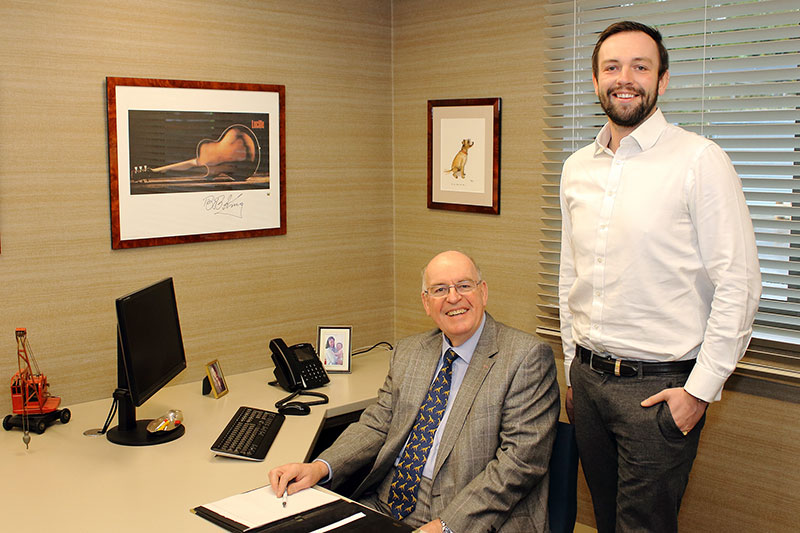
Download this article HERE
For more info. please contact us
Street Crane Co. Ltd │ Chapel-en-le-Frith│High Peak │ SK23 0PH │ UK
website@streetcrane.co.uk
